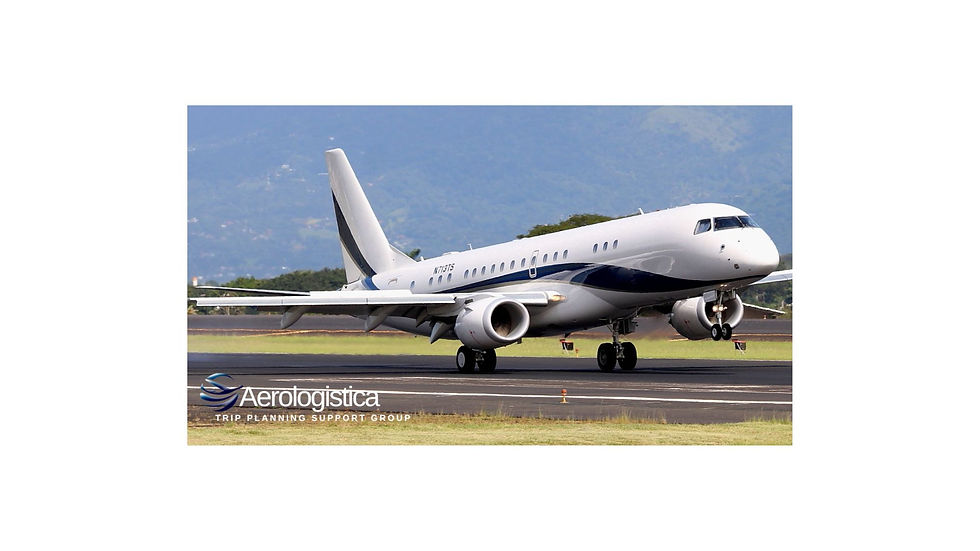The Financial Benefits of a quick Turnaround in Aviation.
- portelajuan
- Jul 8, 2024
- 2 min read
Updated: Jul 16, 2024
In the fast-paced world of aviation, efficiency is key. One of the most critical areas where efficiency can lead to significant cost savings is in the turnaround time of aircraft. A quick turnaround— the period during which an aircraft is prepared for its next flight after landing—can have substantial financial benefits for airlines. Here’s how:
Maximizing Aircraft Utilization
Airplanes are expensive assets, and their value is best realized when they’re in the air generating revenue rather than sitting idle on the tarmac. A quicker turnaround means that each aircraft can complete more flights per day. This increased utilization translates directly into higher revenue potential. For example, if an aircraft can be turned around in 30 minutes instead of an hour, it may be able to add an extra flight to its daily schedule, maximizing its operational efficiency.
Reducing Ground Costs
Airports charge airlines for various ground services and parking fees. The longer an aircraft remains on the ground, the higher these costs become. By reducing turnaround times, airlines can minimize these ground-related expenses. This is particularly important at busy airports where ground service costs can be substantial. Every minute saved on the ground helps in reducing the overall operational costs for the airline.
Improving Operational Efficiency
Delays can be costly, not just in terms of passenger compensation but also in terms of missed connections, rescheduling, and crew overtime. Efficient turnarounds help in maintaining flight schedules, thereby reducing the likelihood of delays. This not only saves money but also helps in maintaining a smooth and predictable operation, which is crucial for maintaining the airline’s reputation and customer trust.
Enhancing Customer Satisfaction
In today’s competitive aviation industry, customer satisfaction is paramount. Passengers appreciate punctual flights, and airlines that can consistently deliver on-time performance are more likely to retain customer loyalty. Delays can lead to frustration and dissatisfaction, potentially driving customers to choose other airlines for future travel. Quick turnarounds contribute to on-time departures and arrivals, enhancing the overall travel experience and encouraging repeat business.
Case Study:
One of th ebiggest US airline is a prime example of how quick turnarounds can be a game-changer. Known for its rapid 25-minute turnaround times, this airline has been able to keep its aircraft in the air more often than its competitors. This operational strategy has been a significant factor in the airline’s profitability and success, allowing it to offer competitive fares while maintaining a high level of service.
Conclusion
In the aviation industry, time is indeed money. Efficient turnarounds are a vital aspect of airline operations that can lead to significant cost savings and increased profitability. By maximizing aircraft utilization, reducing ground costs, improving operational efficiency, and enhancing customer satisfaction, airlines can leverage quick turnarounds to gain a competitive edge in the market. As the industry continues to evolve, those airlines that prioritize and perfect the art of the quick turnaround will undoubtedly soar above the rest.




Comments